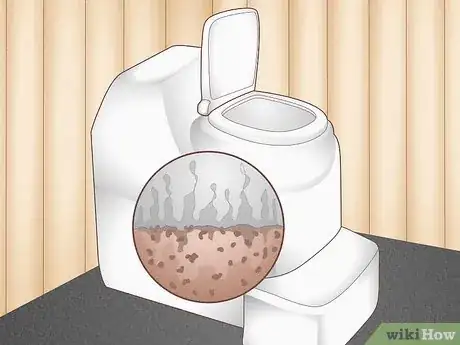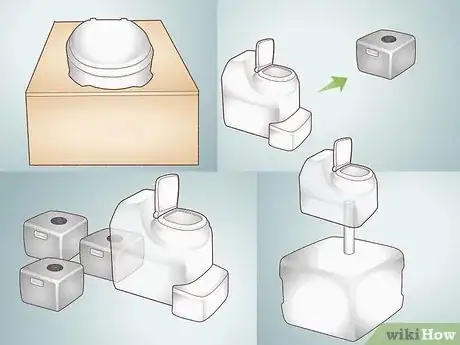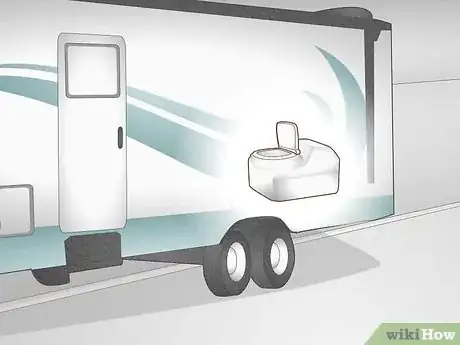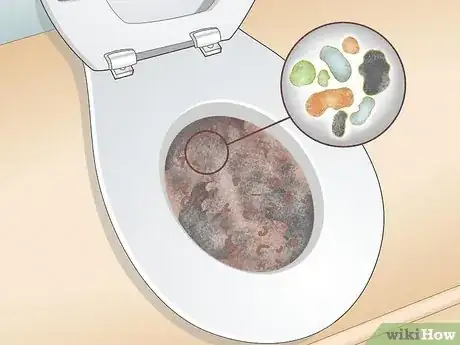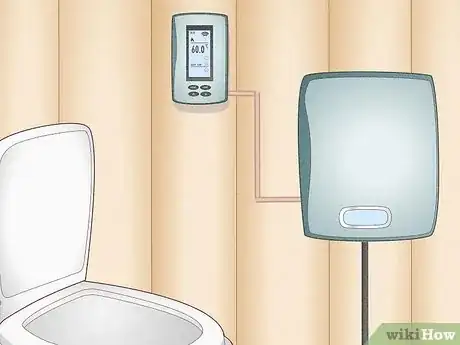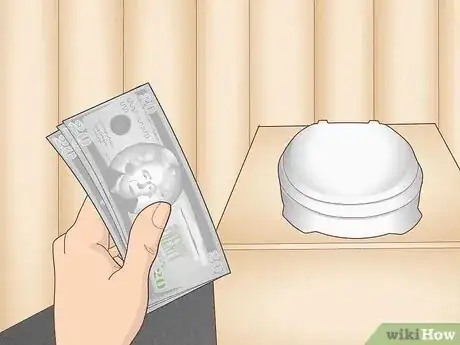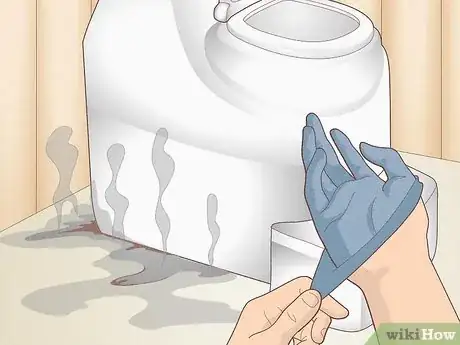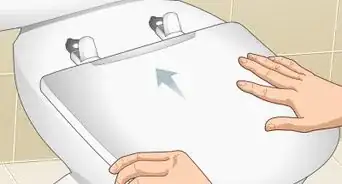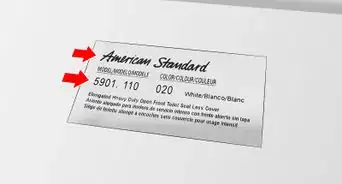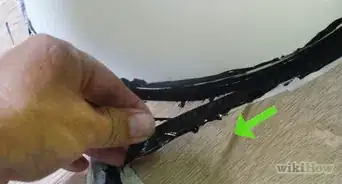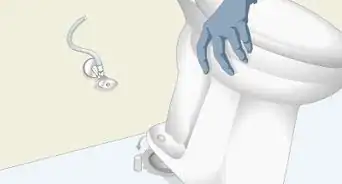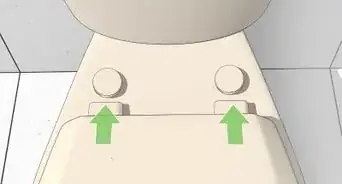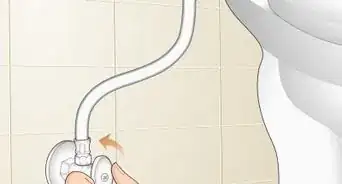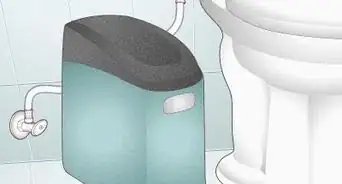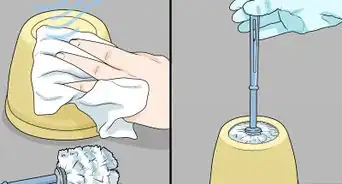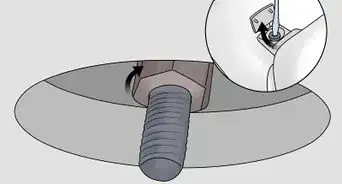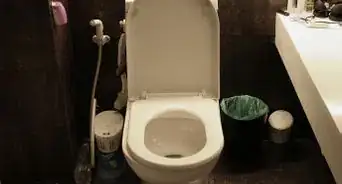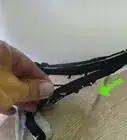This article was co-authored by wikiHow staff writer, Johnathan Fuentes. Johnathan Fuentes is a writer based in the New York City region. His interests as a writer include space exploration, science education, immigration, Latinx cultures, LGBTQ+ issues, and long-form journalism. He is also an avid hiker and has backpacked in Alaska and Newfoundland, Canada. A son of Cuban immigrants, he is bilingual in English and Spanish. Prior to joining wikiHow, he worked in academic publishing and was a freelance writer for science websites. He graduated from Columbia University in 2021, where he studied nonfiction writing and wrote for the student newspaper. He is currently counting down the seconds until the release of Kerbal Space Program 2 in 2023—a game that will almost certainly take up what little free time he has.
There are 12 references cited in this article, which can be found at the bottom of the page.
This article has been viewed 1,315 times.
Learn more...
Whether you’re living off the grid or just trying to be environmentally conscious, a composting toilet can be a fantastic alternative to a conventional flushing toilet. Requiring no water whatsoever, they work by converting human waste into compost, a substance that’s cleaner and safer to handle than unprocessed waste. They can also be installed almost anywhere since they don’t need to be connected to a sewer or septic tank. Here’s our total guide to how a composting toilet works, as well as the costs, benefits, and drawbacks of owning one.
Things You Should Know
- Composting toilets work by converting human waste into compost, which is safer and cleaner than unprocessed waste.
- Since they use no water, composting toilets can be cost-effective and environmentally friendly.
- They require regular maintenance, such as emptying the container where waste is stored.
- Composting toilets are great for RVs, remote cabins, or people living off the grid.
Steps
What is a composting toilet, and what makes it unique?
-
1A composting toilet is a dry toilet that converts waste into inert material. Bacteria, fungi, and other microorganisms consume the waste, causing it to decompose.[1] After some time, the waste breaks down into compost, a substance similar to soil and rich in nutrients for plants.[2] The compost is cleaner, less smelly, and safer to handle than unprocessed waste.
-
2There are 4 types: self-contained, remote, batch, and continual process. All 4 types use the same biological processes to break down waste. The differences lie in how the waste is collected, stored, and harvested after it’s been turned into compost.
- Self-contained composting toilets feature a toilet seat with a waste container permanently attached underneath it.
- Remote composting toilets have a composting site located separately, so the waste has to be moved.
- Batch composting toilets have multiple containers for waste, allowing users to rotate or switch between them.
- Continual process composting toilets have an extra-large container where the waste is collected. The compost is harvested from the bottom on an ongoing basis.[3]
Advertisement -
3They’re great for cabins, RVs, and people living off the grid. Since they don’t need running water, composting toilets require very little infrastructure. They can be installed in cabins and other remote locations. Smaller versions can be added to RVs too.[4]
- Note that composting toilets are not pit toilets. A pit toilet is basically a giant hole in the ground where waste collects and contaminates the soil.[5]
- Many cabins have pit toilets, but composting toilets are better because they don’t harm the local environment.
How does a composting toilet work?
-
1Add sawdust to human waste to help it decompose. After doing your business, toss in a handful of sawdust and leave the waste to sit. The sawdust adds bulk, creating tiny air pockets for microorganisms to grow. This promotes decomposition and prevents odor buildup. It’s important to add sawdust after every use to ensure the composting process works correctly.[6]
- If you don’t have sawdust, you can use handfuls of peat moss or coconut coir.[7]
-
2The waste gets converted to compost with the help of microorganisms. Bacteria and fungi break down the waste until it’s fully decomposed. In the process, they change the balance of carbon and nitrogen, which eliminates most of the foul odor of raw sewage.[8]
- Composting can take anywhere from a few weeks to several months, depending on the volume of waste and other factors.[9]
-
3The conditions in a composting toilet must be just right. Composting is both a chemical and biological process. Temperature, humidity, acidity, oxygen levels, and other factors all play important roles in helping the waste break down properly. Get it wrong and you might end up with raw sewage instead of compost.
- The temperature needs to be kept between 60-150°F (16-65°C). An electric heater can help maintain higher temperatures.
- Fans can promote air circulation, which provides oxygen to aerobic bacteria.
Benefits and Drawbacks of Composting Toilets
-
1They’re much better for the environment. Unlike a conventional flushing toilet, a composting toilet uses no running water. This is good for the planet in general, but it’s especially beneficial in regions suffering from drought or water scarcity, such as the American midwest.[10]
- Composting toilets can be safer than septic tanks—which can easily leak—since properly composted waste is less likely to contaminate groundwater.[11]
-
2They can save you money in the long run. Conventional flushing toilets account for nearly 30% of indoor water use. In fact, some older toilets use as much as 6 gallons (over 22 liters) per flush.[12] Since composting toilets use no water at all, you can cut back on water usage and lower their monthly water bill in the process.
-
3They can be expensive and difficult to install. A simple self-contained composting toilet can cost around $600. With a little finesse, they can be installed in an outhouse or an RV. But more complex systems can cost thousands of dollars or more, and installing them can require significant modifications to your property.[13]
- Some towns and jurisdictions don’t permit composting toilets, or only allow them in certain cases. Check your local laws before purchasing one.[14]
-
4They require maintenance. The obvious drawback of a composting toilet—or any dry toilet, for that matter—is that it doesn’t flush. Since the waste accumulates over time, empty your composting toilet on a regular basis to prevent it from overfilling.[15] Electrical components like heaters and fans may also need maintenance now and then.
- The frequency of maintenance depends on the size of your composting bin.
- Large composting toilets may only need to be emptied every few months, whereas small ones will require more frequent emptying.
-
5They can malfunction. Along with the risks of handling human waste, composting toilets can act up in a number of ways. The collection container can overflow. The composting process can fail. Poor airflow can lead to trapped gasses and foul odors. And the compost itself can contain pathogens, especially if the temperature during the composting process was too low.[16]
- Wear gloves when handling human waste. Wash your hands thoroughly.
- Never forget to add sawdust or some other bulking agent after each use. This is essential for proper composting
References
- ↑ https://www.britannica.com/technology/composting-toilet
- ↑ https://sustainablebuild.co.uk/composttoilets/
- ↑ https://sustainablebuild.co.uk/composttoilets/
- ↑ https://toilethaven.com/2020/02/29/what-is-a-vault-toilet-how-does-it-work/
- ↑ https://toilethaven.com/2020/02/29/what-is-a-vault-toilet-how-does-it-work/
- ↑ https://www.webgardner.com/composting/how-to-maintain-a-composting-toilet/
- ↑ https://www.britannica.com/technology/composting-toilet
- ↑ https://earth911.com/home-garden/composting-toilet-taxonomy/
- ↑ https://www.conserve-energy-future.com/can-you-compost-human-waste.php
- ↑ https://www.un.org/waterforlifedecade/scarcity.shtml
- ↑ https://decideoutside.com/are-composting-toilets-safe/
- ↑ https://www.epa.gov/watersense/residential-toilets
- ↑ https://www.greenmatters.com/p/how-do-composting-toilets-work
- ↑ https://plantinggeek.com/what-states-allow-composting-toilets/
- ↑ https://www.planetnatural.com/composting-toilets/
- ↑ https://decideoutside.com/are-composting-toilets-safe/
